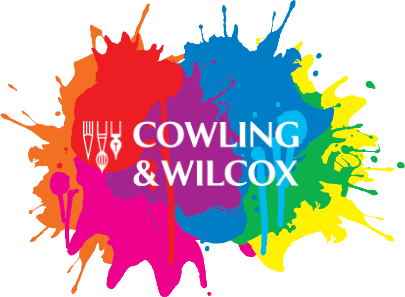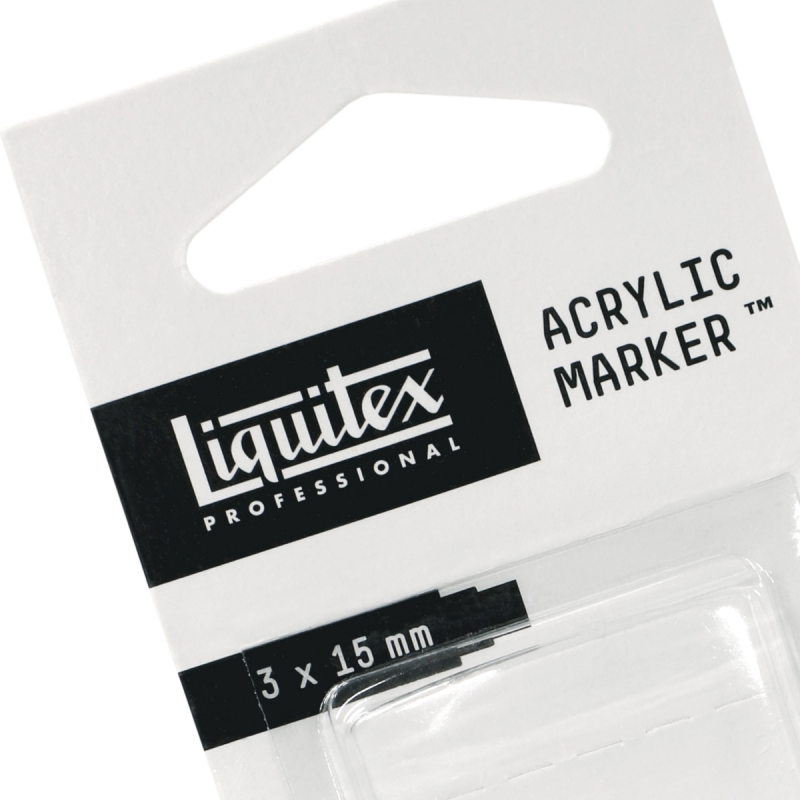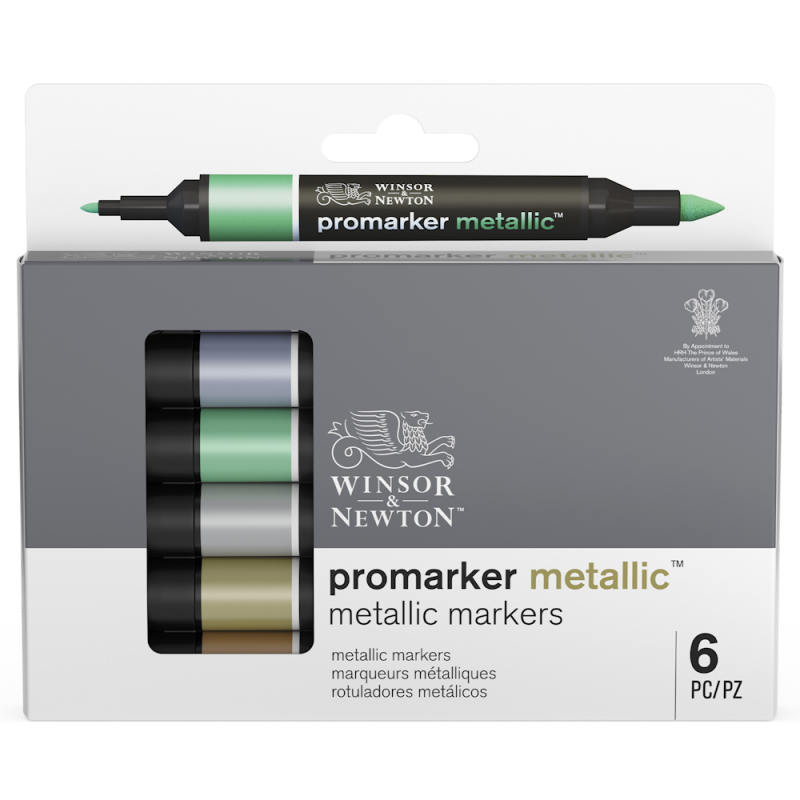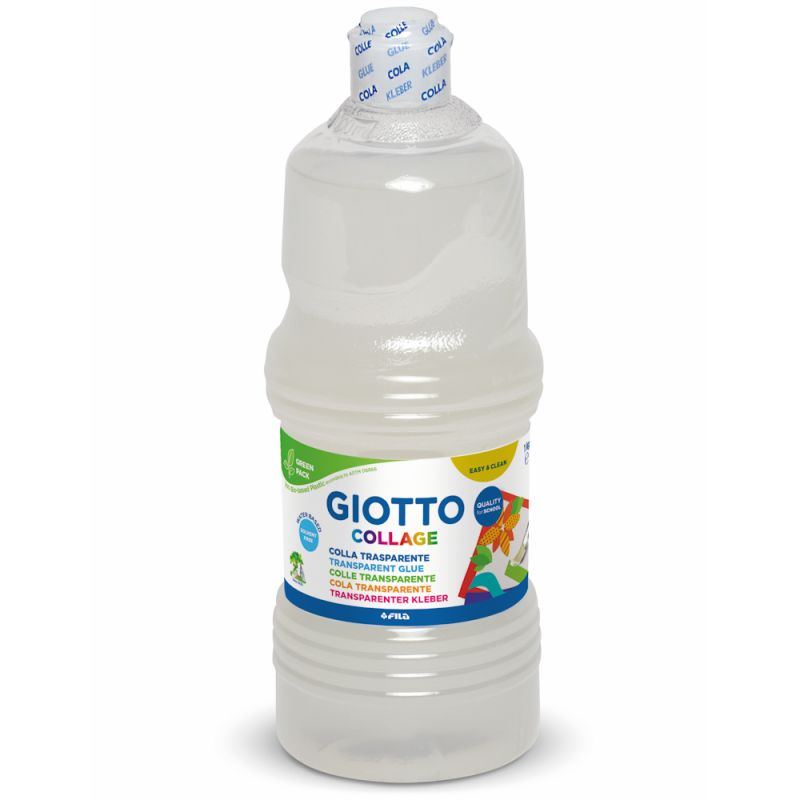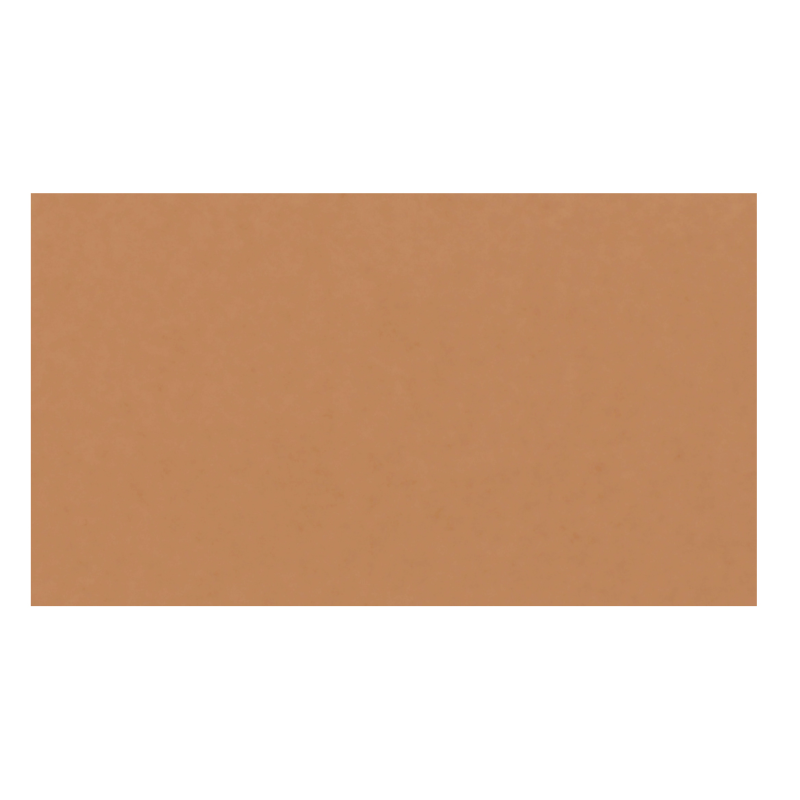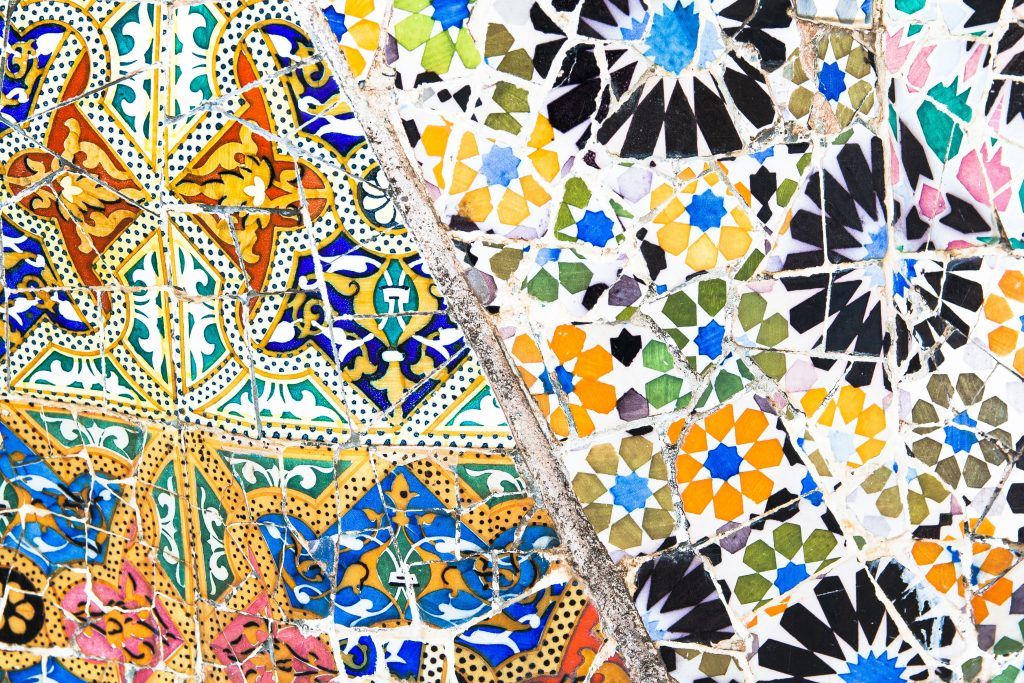
Sometimes even the most experienced artists can feel stuck in a rut. If your artwork is starting to feel stagnant and repetitive, you may benefit from some new creative patterned art techniques. Whilst it is important to remember that art mediums should be used in a way that compliments your style, sometimes a dash of unpredictability and outside of the box thinking can help. Take a look at these creative patterned art techniques for some inspiration.
How artists use patterns
Using patterns in your artwork can help set the rhythm of the piece. A pattern in art doesn’t always have to be an identical repetition of a single element, and can actually be used in a whole range of ways. Patterns have been used since some of the first art was created, for example on the first pottery made 10,000 years ago and on wall carvings in caves. Many artists over the years have added pattern embellishments to their art. Here are a few examples:
Forms of pattern
There are so many forms of pattern in art, and the opportunity to create new patterns is endless. An artist may create a pattern through the repetition of certain colours in their work, or use repetitive lines to form patterns. Patterns can be shapes, whether that be geometric or unique in design. Take Andy Warhol’s Campbell Soup Cans (1962) for example. His artwork is pieced together, making a unique yet very distinctive pattern. Artists can also follow patterns in the entire body of work, too. The use of media, different approaches and techniques can show patterns across all of their work, defining a signature style.
Source: Moma
Natural patterns
When you look closely, patterns can be found everywhere in nature, from the veins of a leaf to the grooves of rocks and shells. In natural patterns, there are no set rules.Take a snowflake, for example, where every single flake of snow has its own unique pattern which is different from any other. Natural patterns are organic in design, and many artists use the unique patterns inspired by nature in their work.
Man-made patterns
Man-made patterns tend to strive for perfection, and are used by artists to create a clear, distinctive piece of work. For example, a checkerboard has a clear set of contrasting squares, drawn with straight lines. This checkerboard pattern is often used in contemporary artwork. Some artists challenge the perception of this pattern, by including variations of colour and shape.
Patterns in art
Here are a few examples of artists that have used patterns in the artwork.
This textile design by George Haite is based on a Paisley teardrop shape pattern. This shape is called a buta and dates back to ancient Persia. The pattern in this piece becomes mirrored, yet is repeated in a way we find recognisable.
Source: Alamy Stock
The tiles from the Rustempaşa Mosque in Istanbul can be seen as a pattern, with a central rosette and mirrored tulip shapes. The tiles are arranged in a block repeat creating a regular pattern.
Source: Pinterest
This piece of art features a distinct spiral pattern, which is repeated to create ripples in the water. The arrangement and size differs, creating a nice sense of movement.
Source: Alamy Stock
Interested in creating some of your own patterned artwork? Be sure to take a look at our entire range of art products to get you started! Alternatively take a look at some of our other inspiring art blog posts if you’re looking for some other creative ideas or tutorials.
Take your art to the next level and take a look at some of our other art technique guides.
Amazing Acrylic Painting Techniques
A Guide to Pencil Sketching Techniques
5 Watercolour Painting Techniques to Try
< Back to blog